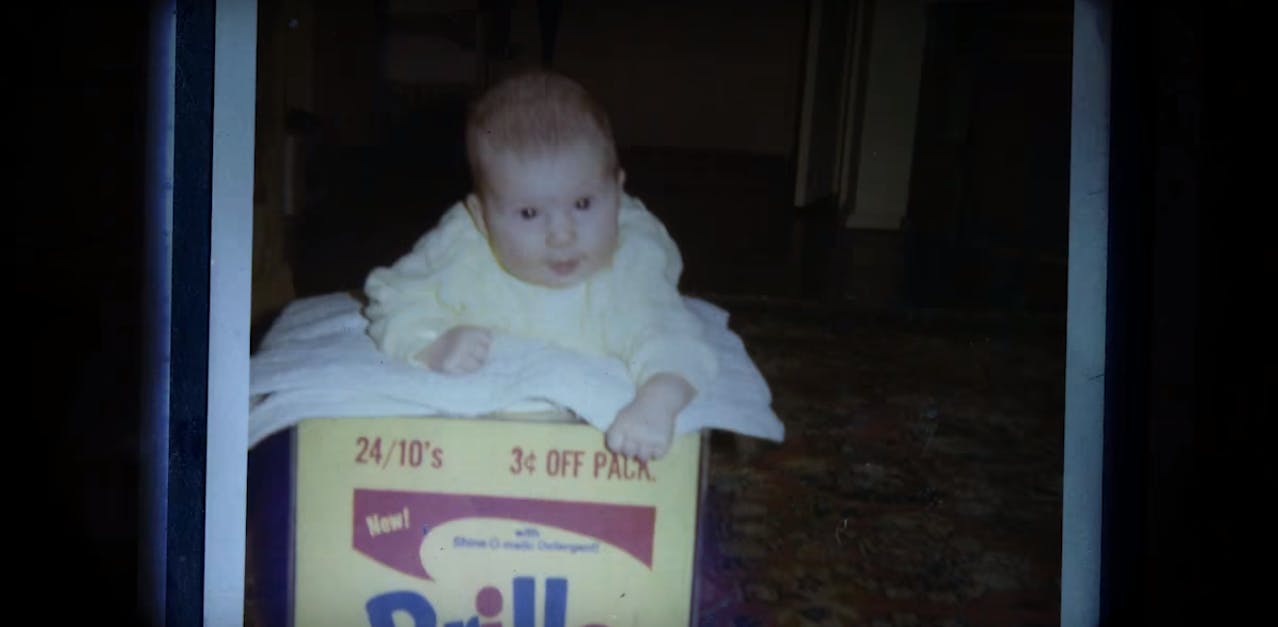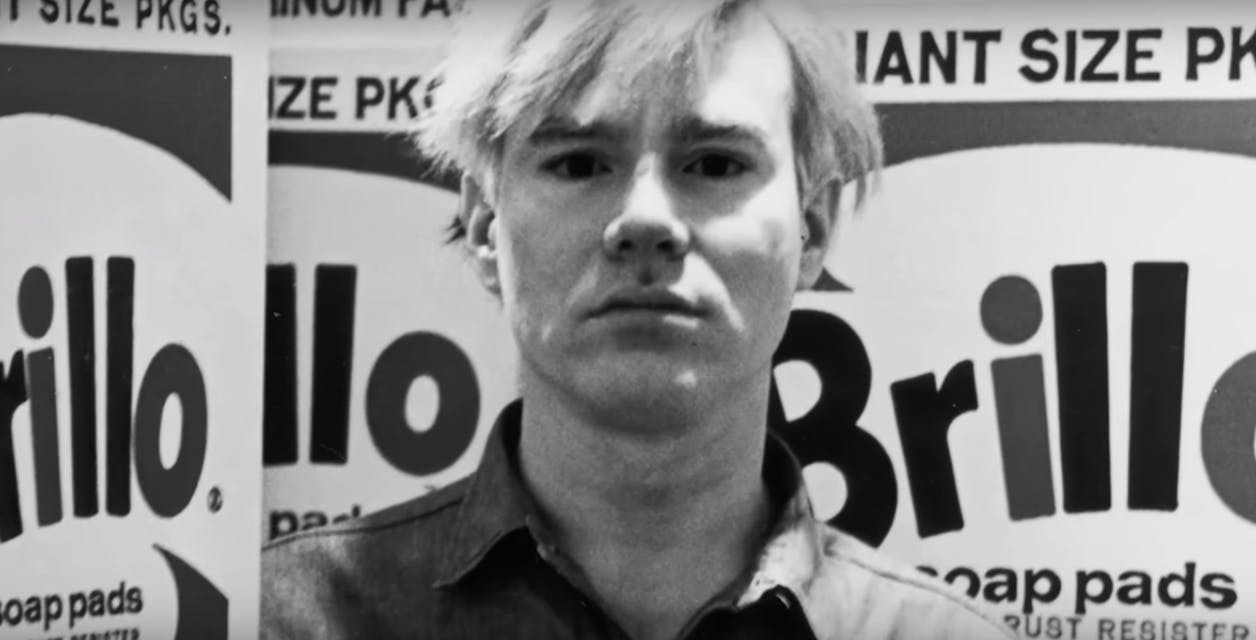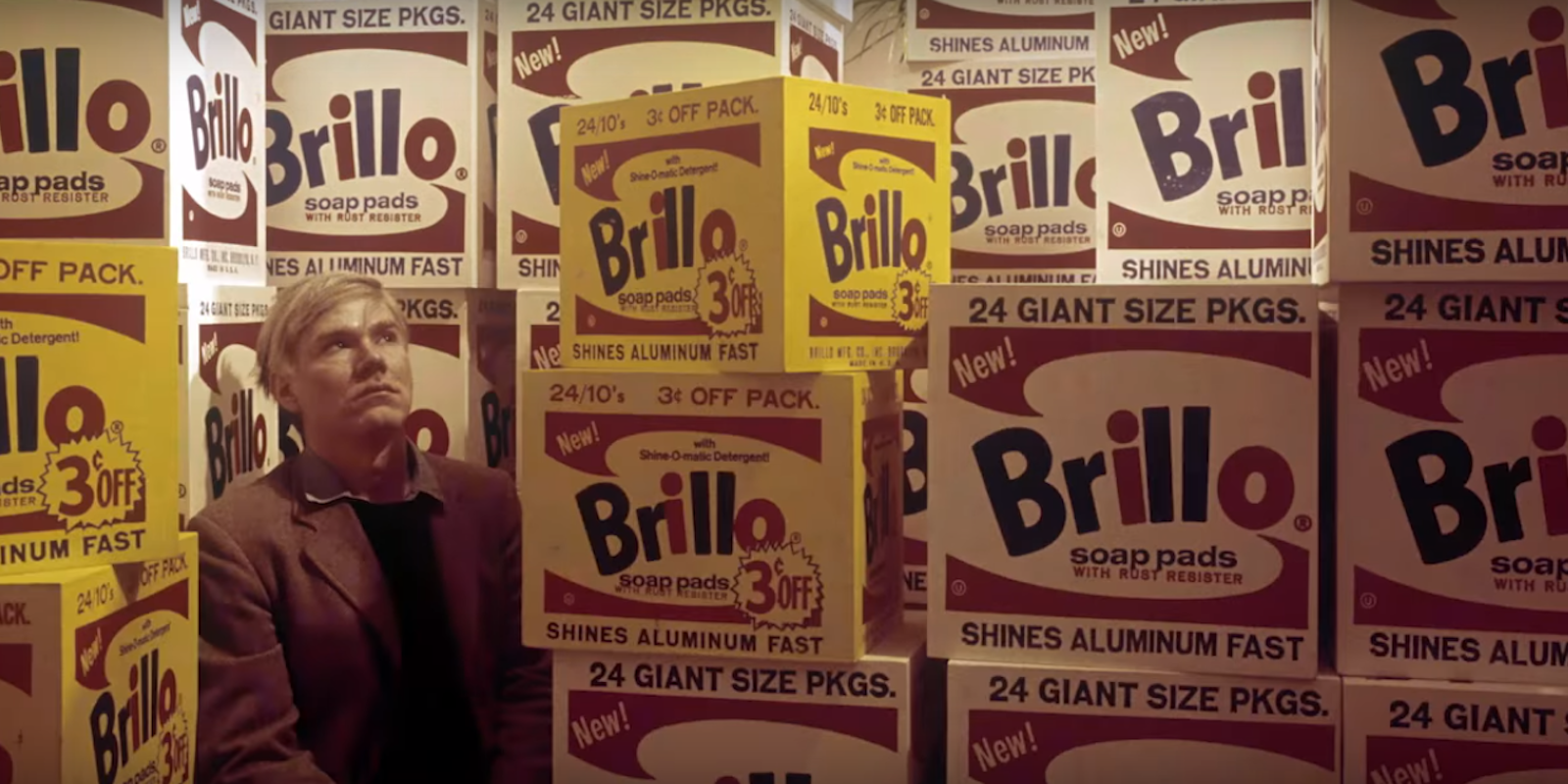Filmmaker Lisanne Skyler’s family photos from her childhood are like everyone else’s, full of shots both adorable and embarrassing. One unmissable staple in these photos is a yellow-painted wooden box, encased in plexiglass and used as a coffee table, with the words “Brillo Soap Pads (3 ¢ Off)” written on the sides. That box was created by pop-art legend Andy Warhol for a 1964 showing, an installation where he essentially turned his gallery into the stockroom of a grocery store. Skyler’s parents purchased the Warhol Brillo Box for $1,000 in 1969. In 2010, the box, long since having left their hands, sold at auction for more than $3 million. HBO’s new documentary Brillo Box (3 ¢ Off) is the story of the box, the family, and how it went from the Skyler’s living room to the Christie’s auction block.
Throughout her childhood, Skyler’s parents were constantly purchasing works from up-and-coming new artists, some of whom went on to considerable fame. Some they’d keep for a long time, others they would sell or trade to help fund the next art purchase. A couple of years after the Brillo Box entered the Skyler home, Lisanne’s father traded it for a different piece. And while Brillo Box is most definitely the story of this particular Warhol creation, it’s also very much the story of how art affects people, how it intersects our daily lives, and how we layer meaning onto it beyond what the artist intended.

Skyler’s documentary opens with that great initial hook: a family living room staple, out of sight for 40 years, and earning millions on the Christie’s auction block. From there, Skyler steps backward, exploring both her own family’s love of art and the background of the Box itself. Skyler could have just made Brillo Box a pure detective story or travelogue, following the Brillo Box from one set of hands to the next. And while she does cover its journeys between her living room and that $3 million payout, Brillo Box is much more interesting for the side trips she takes along the way.
Even if you’re not the sort who knows much about art, Brillo Box works as a bite-sized primer on Warhol’s style and history. But it works even better by giving that history lesson the personal touch. Skyler could also have spun a perfectly effective documentary out of simply profiling her family and their decades-long journey through the emergent art scene. But this hybrid version of those two stories is all the more effective, allowing each side of the story to reflect and provide insight into the other.

Brillo Box also makes a lot of good choices in how it presents the material. The usual mix of interviews and archival footage is on display, of course, but everything is presented in a light, fast-paced, playful way. And at only 40 minutes long, it’s a charming dive into a corner of pop-art many viewers might not understand or even know about.
Art is, at the most basic, supposed to elicit a reaction. Even if that reaction isn’t positive, even if it’s one of confusion, if it generates something in you that wasn’t there before, it’s done its job. Warhol’s Brillo Boxes certainly fit that description, and so does this documentary. For the Skyler family, this one particular artifact became an unforgettable touchstone from a particular time and place of their lives. Not bad for a soap box.


